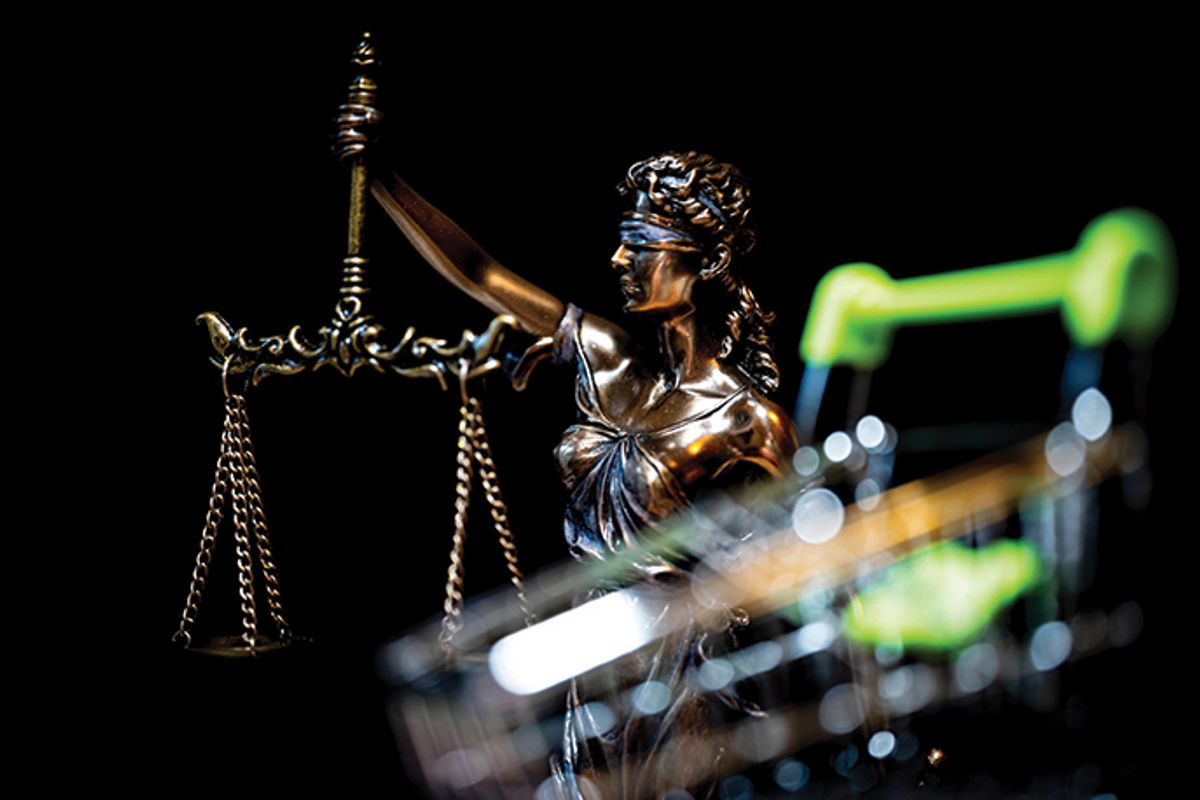Just a few months ago, talk in UK art law circles was dominated by the latest round of anti-money laundering regulations—rules that looked set to prompt a seismic transformation of the art market. Today, the regulations are far from the priority for lawyers or the art market, as both adapt to the far-reaching implications of the coronavirus pandemic.
While the art world faces multiple cancellations, logistical nightmares and an uncertain economic landscape, the legal system is also encountering change. The UK’s Law Society outlines how firms and professionals are focused on keeping staff safe, abiding with regulations in uncertain circumstances and the broader (and not inconsiderable) challenge of keeping “the justice system functioning”.
“A new normal is emerging for the art world, law and the combination of the two. It always feels like the arts are more forward thinking [in ways of doing business] than law, so I am excited to see how we move forward,” says Diana Wierbicki, the global head of the art law practice at Withers.
Unsurprisingly, clients’ priorities have altered with the Covid-19 crisis. “The one trend that I’m definitely seeing is long-term planning,” says Leila Amineddoleh, a cultural heritage lawyer, based in New York. “Everyone is uncertain about the future and they have a lot more time on their hands, so estate planning, trusts, foundation work, appraising property, catching up on outstanding payments are all taking centre stage.”
Although not a new concern, contract law is also the subject of heightened scrutiny thanks to widespread cancellations. In a recent article, Geoffrey Bennett, a senior fellow at the Institute of Art and Law, notes how the combination of art fairs being “cancelled at comparatively short notice, auctions postponed and major exhibitions curtailed, all with significant financial implications” has disrupted a swathe of contractual arrangements. As one lawyer described it, “there is a wholesale review under way of when people are off the hook for certain obligations, when in unprecedented circumstances.”
While there are multiple definitions of and arguments over “force majeure” (an amorphous term for unforeseeable circumstances) and adverse change clauses (regarding changes in circumstances), the reality is that outcomes often come down to the specific situation and relationship between parties, rather than technicalities. “I’ve seen some situations where parties didn’t need to be flexible [with the contract] but were, and situations where the parties were obliged to be flexible in the situation and weren’t,” says Karen Sanig, the head of art law at the London firm Mishcon de Reya. “It depends on a range of factors, including the broader relationship between clients and the situation in question.”
As with all areas of business, the pandemic has accelerated new, remote ways of working within the legal trade. Hearings have continued thanks to video technology, virtual hearings and “e-bundles”, but remote justice comes with its own challenges, from witnesses being coached by someone off-screen to judges struggling to use video conference technology.
“It’s a completely different art,” says Luke Nikas of Quinn Emanuel Urquhart & Sullivan. “You get textured feedback from the trial participants that you can use to choreograph your case—from precise information about when and for how long the judge considers documents, to the judge’s up-close reaction to your witnesses. You also need to watch your own behaviour: mannerisms and tone that work in a large courtroom can fall flat in a virtual trial.”
Courts are also said to be working through processes at a far quicker pace, possibly due to fewer physical hearings taking place. Indeed, with many businesses tightening budgets, legal fees are increasingly being dropped as a priority (at least for preventative work, such as advice in setting up contracts). Arbitration is also reported to be becoming a preferred option for clients eager for a quick resolution.
It is hard to know whether these shifts in behaviours and circumstances will be long-term. However, as Sanig points out; “the market deserves a pat on the back for its being nimble.”


